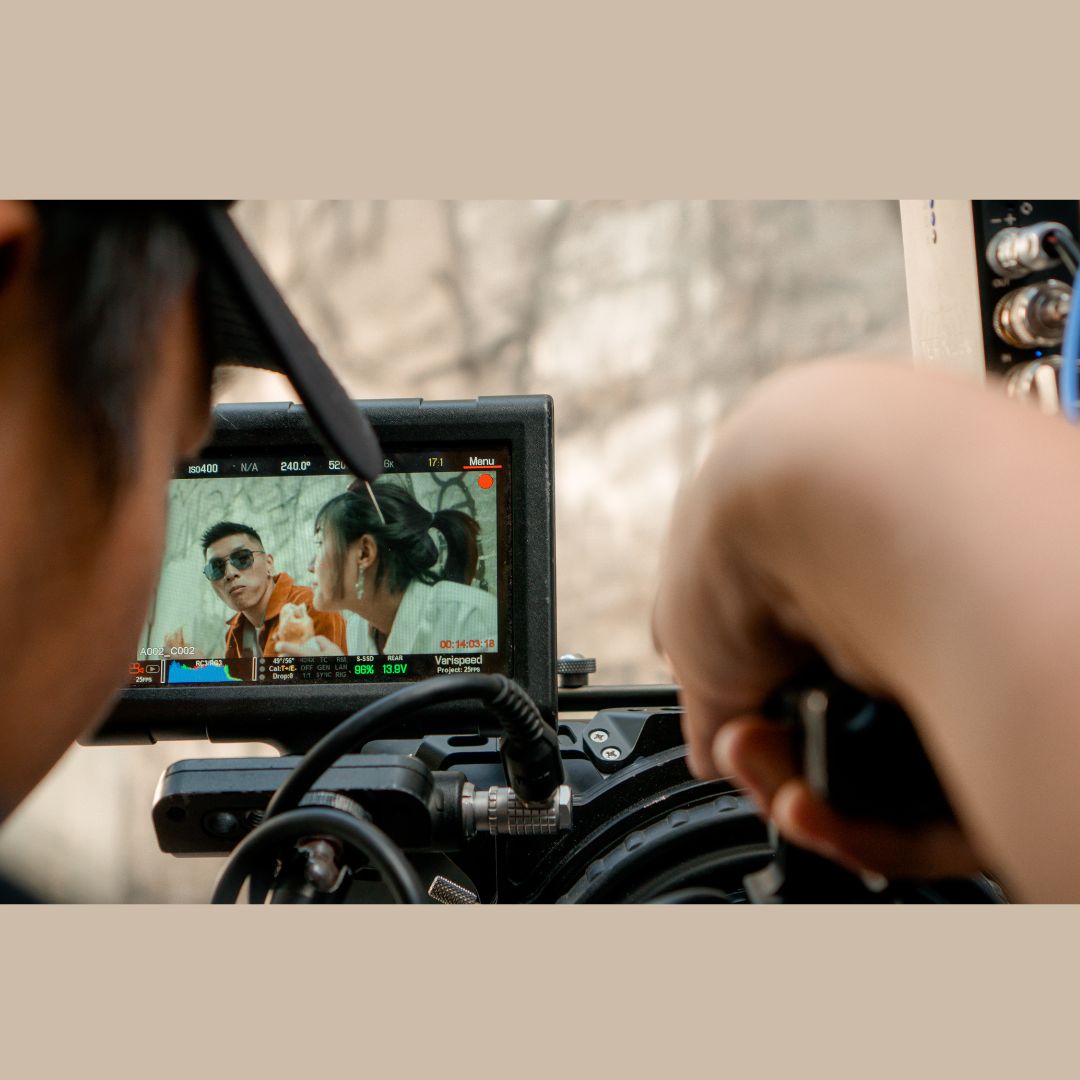No products in the cart.

Engagement Photo Session Tips: A Comprehensive Guide
Introduction: Everyone dreams of receiving a romantic proposal from their significant other. It resembles a childhood fantasy coming to pass. It really is a
The Canon AE-1, introduced in 1976, is one of the most iconic and influential cameras in the history of photography. As the first affordable, user-friendly, and electronically controlled SLR camera, it transformed the market, making high-quality photography accessible to the masses. Central to the AE-1’s success and functionality was its power source: the battery. In this article, we’ll delve deep into the battery system of the Canon AE-1, its importance, and some common issues faced by users.
The Canon AE-1 primarily uses a 6V silver oxide battery, specifically the commonly available 4SR44 or its equivalent. Alternatively, some users opt for alkaline batteries, such as the 4LR44. It’s worth noting that while both types can power the AE-1, the silver oxide variants are often preferred due to their consistent voltage output and longer lifespan.
While many older cameras used mechanical systems that functioned without a battery, the Canon AE-1 was different. Its electronically controlled shutter and light-metering system required power. Therefore, without a functioning battery, the AE-1 could not operate. This was a departure from many of the earlier SLRs that could still shoot manually without a battery.
The Canon AE-1’s dependence on its battery led to some common problems:
A common issue for AE-1 users, especially those who inherit or purchase second-hand units, is discovering that the camera doesn’t power on. This problem is frequently due to an old or dead battery.
Some AE-1 units might face excessive battery drain, even when switched off. This can be due to issues like short-circuiting or faulty electronic components.
Like many battery-powered devices of its time, the canon AE-1 can suffer from battery leakage and corrosion. It’s crucial to check the battery compartment regularly and clean any residue. Corrosion can damage the camera’s internal electronics and render it non-functional.
Always have a spare battery on hand. Given that these batteries are still widely available, it’s good practice for AE-1 enthusiasts to keep an extra one in their camera bag.
If the battery drains quickly, consider seeking a professional camera repair service. They can identify and fix underlying electronic issues.
Regular maintenance and cleaning can prevent and address corrosion. If you notice any battery leakage, carefully clean the compartment using a mixture of vinegar or lemon juice with a cotton swab, followed by isopropyl alcohol for a thorough cleanse.
The legacy of Canon AE-1 in the world of photography is undeniable. However, like all electronics, it’s only as reliable as its power source. By understanding the Canon AE-1 battery system, users can ensure that they get the best performance out of this classic camera, preserving its functionality for years to come. Whether you’re a vintage camera enthusiast or someone who’s inherited this classic, understanding and caring for its battery is essential for the best photographic experience.
Recommended Reads: https://beige.news/from-smartphone-to-dslr-when-to-upgrade-your-camera/
Lorem ipsum dolor sit amet, consectetur adipiscing elit. Suspendisse varius
enim in eros elementum tristique.






